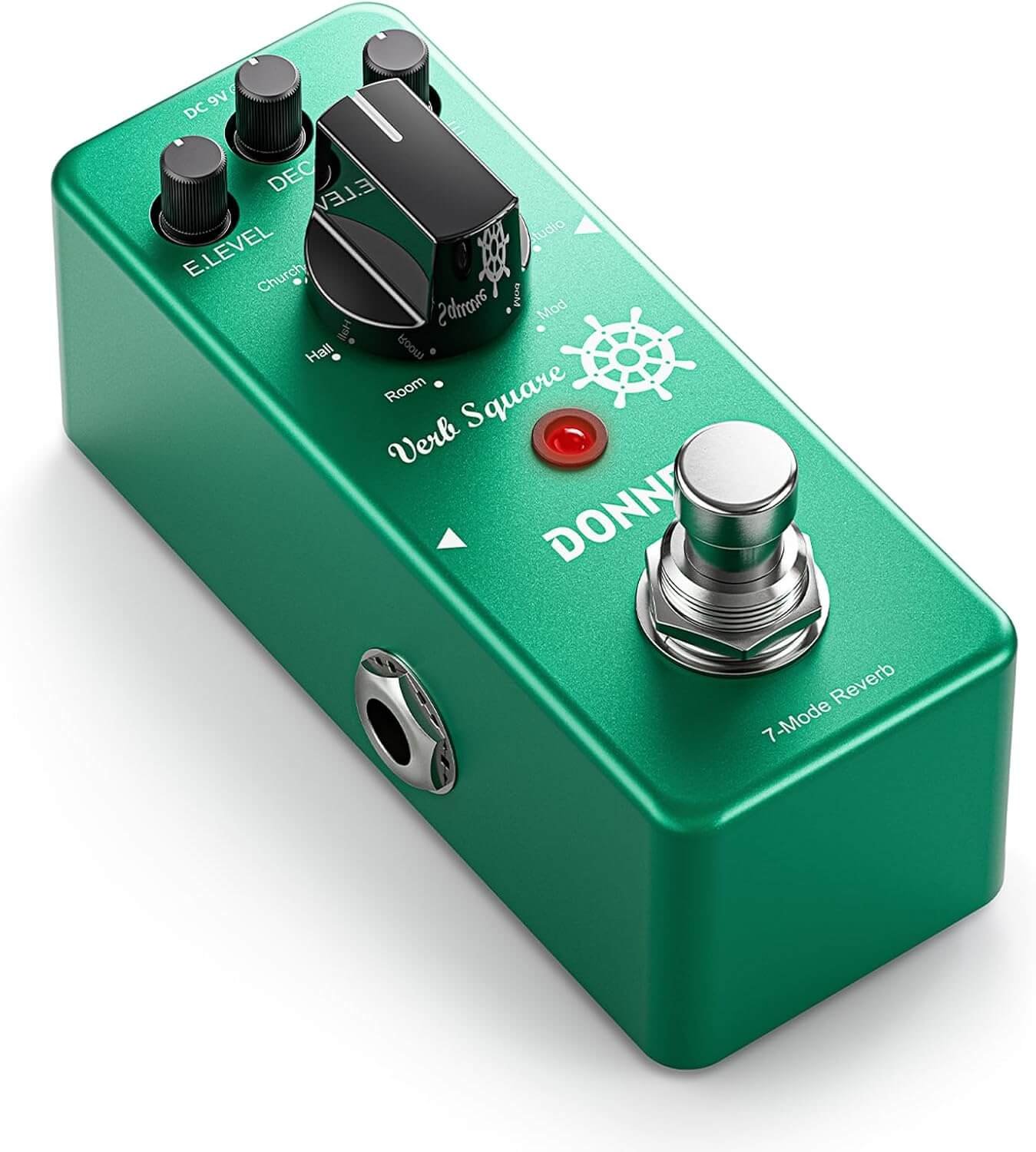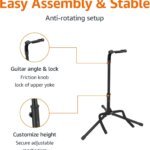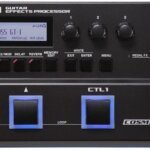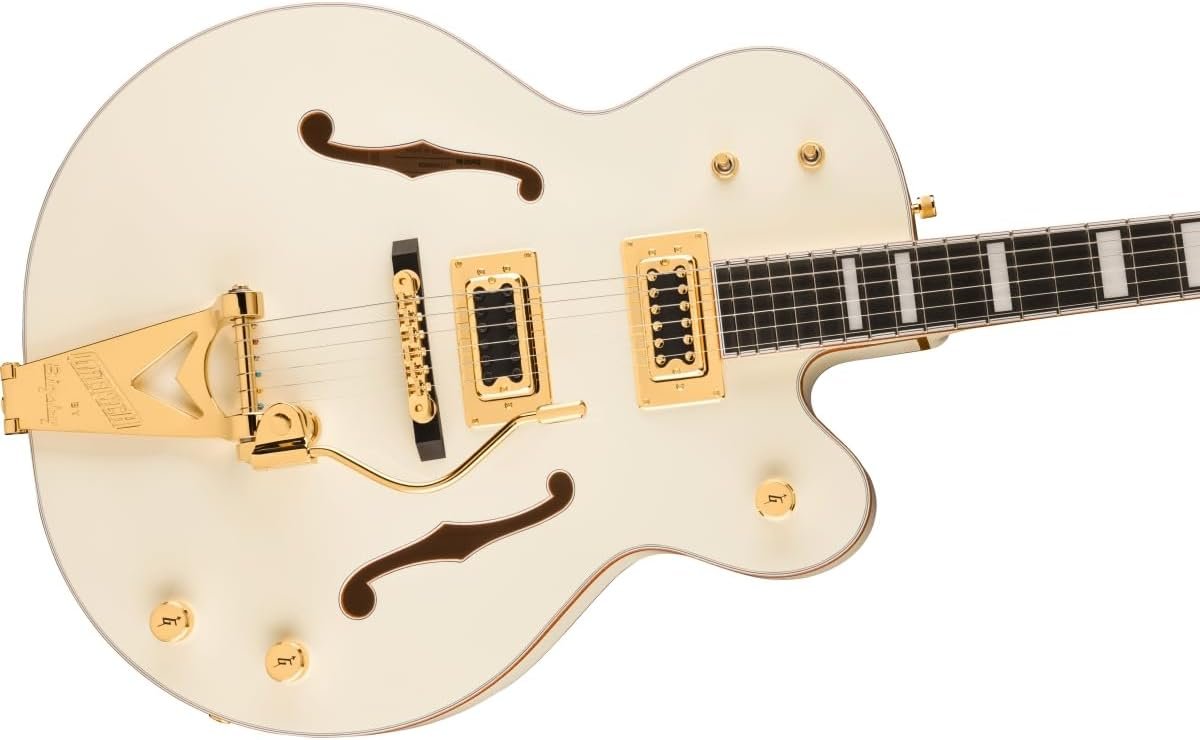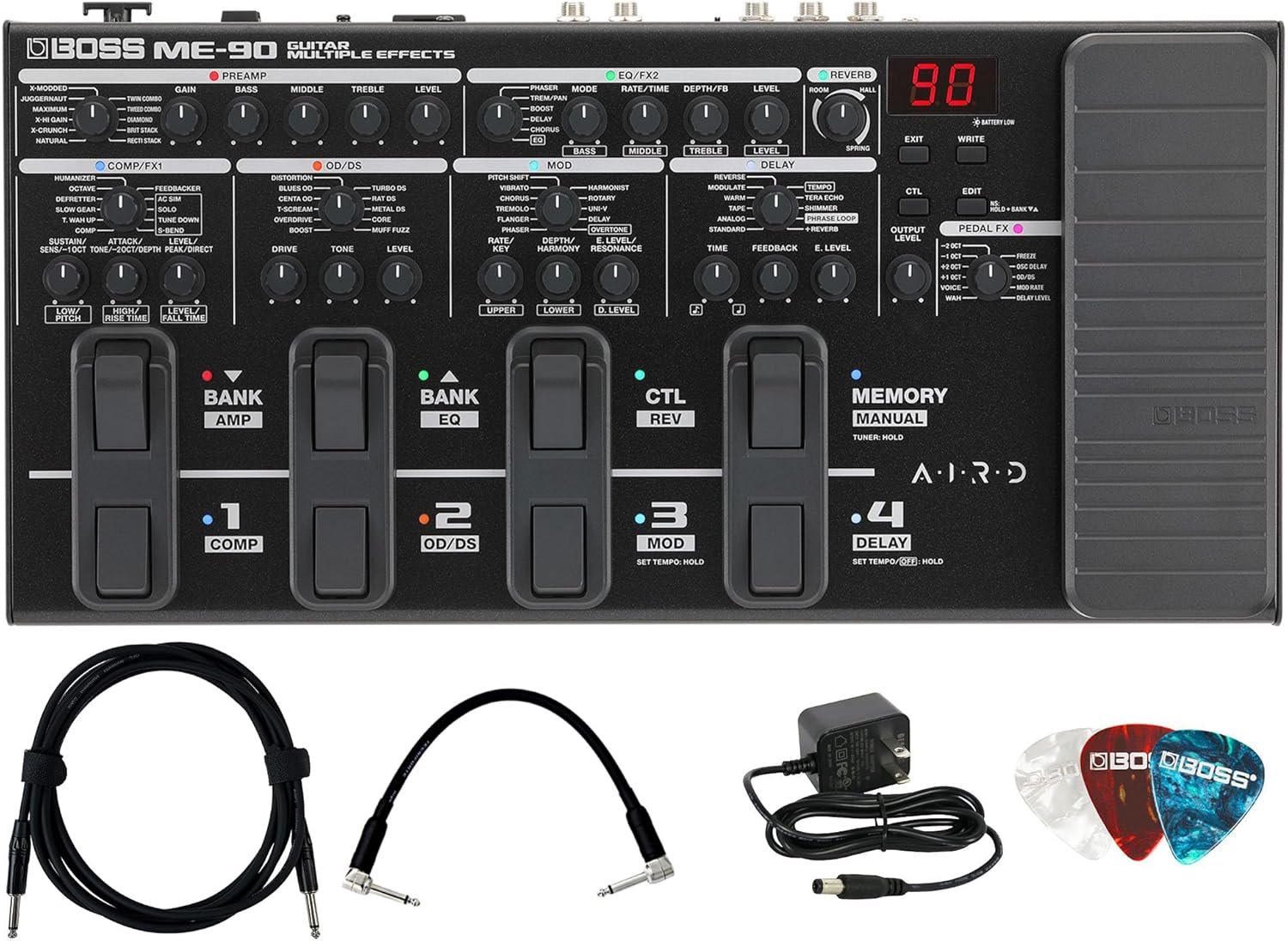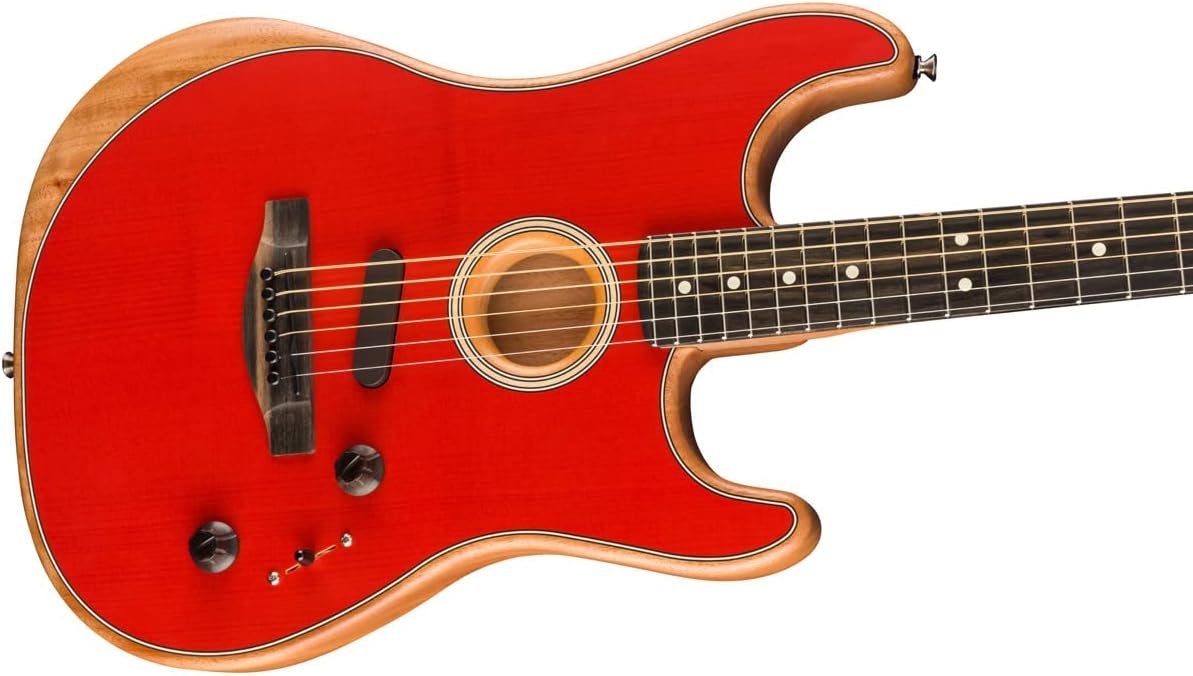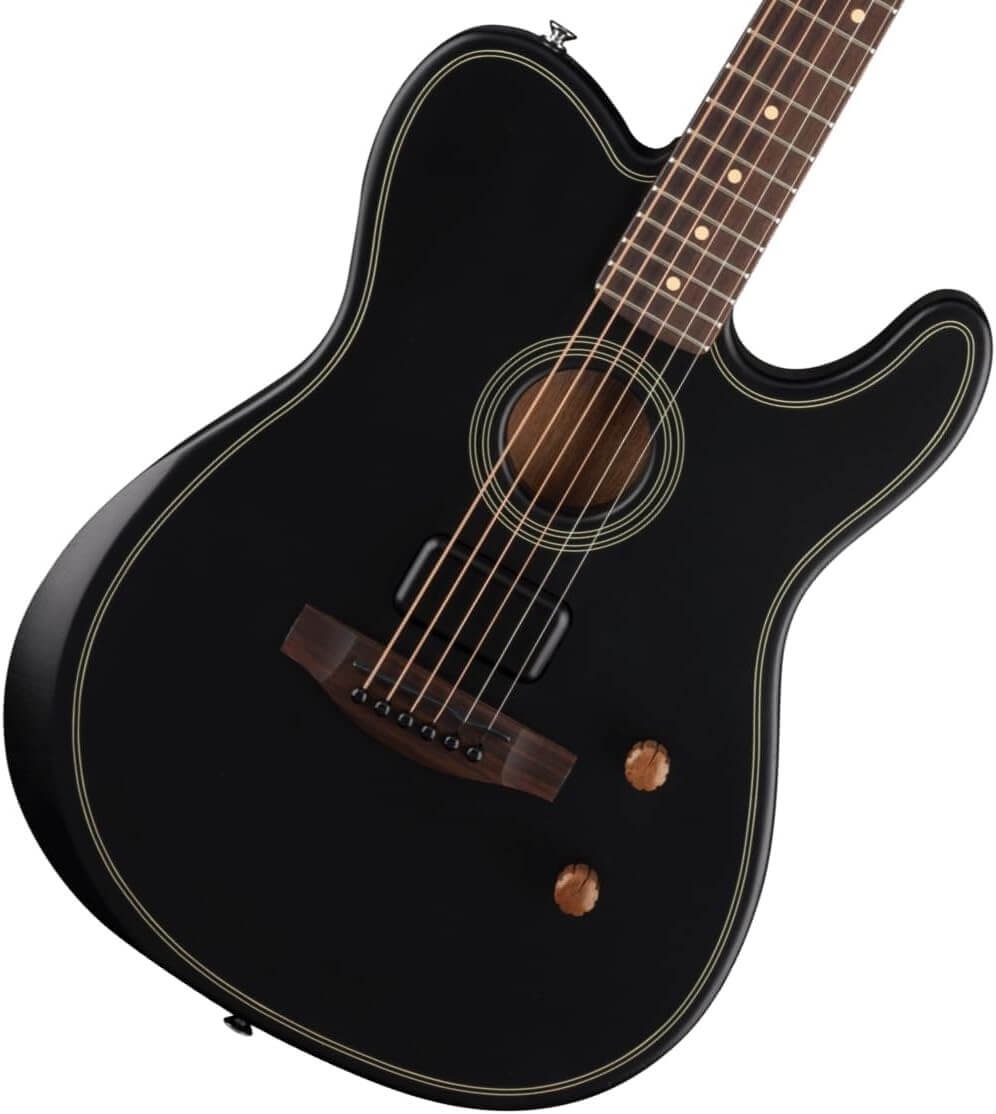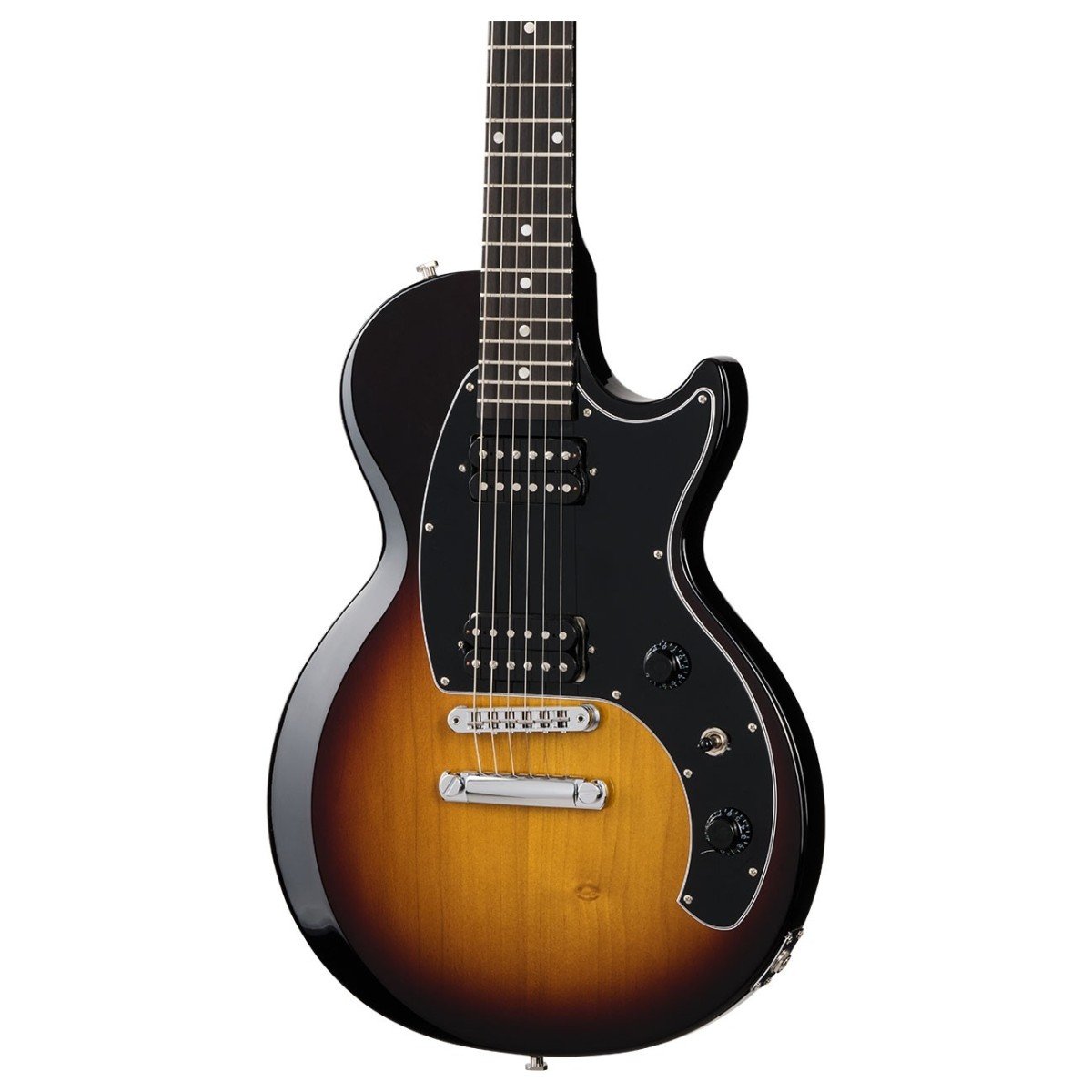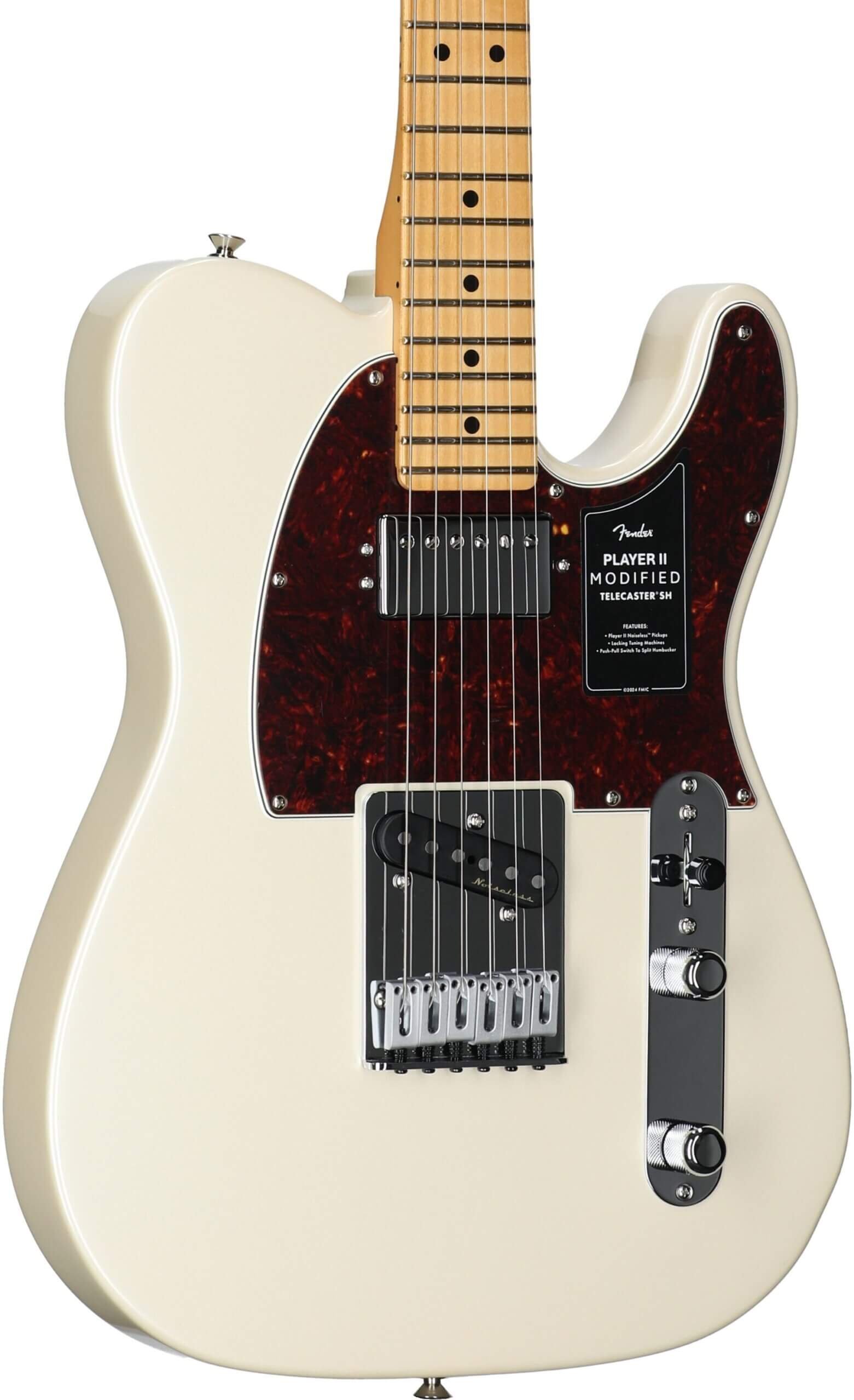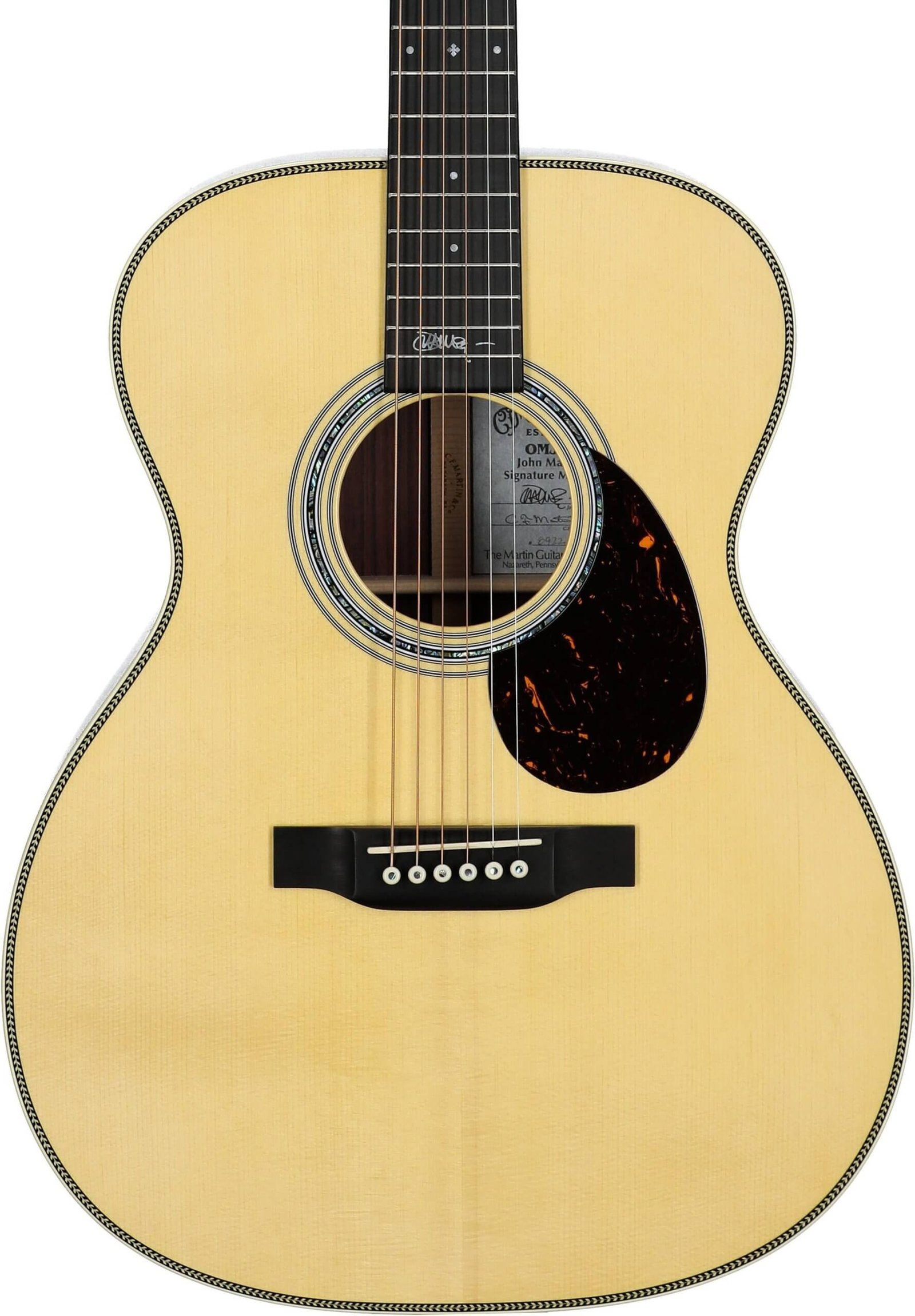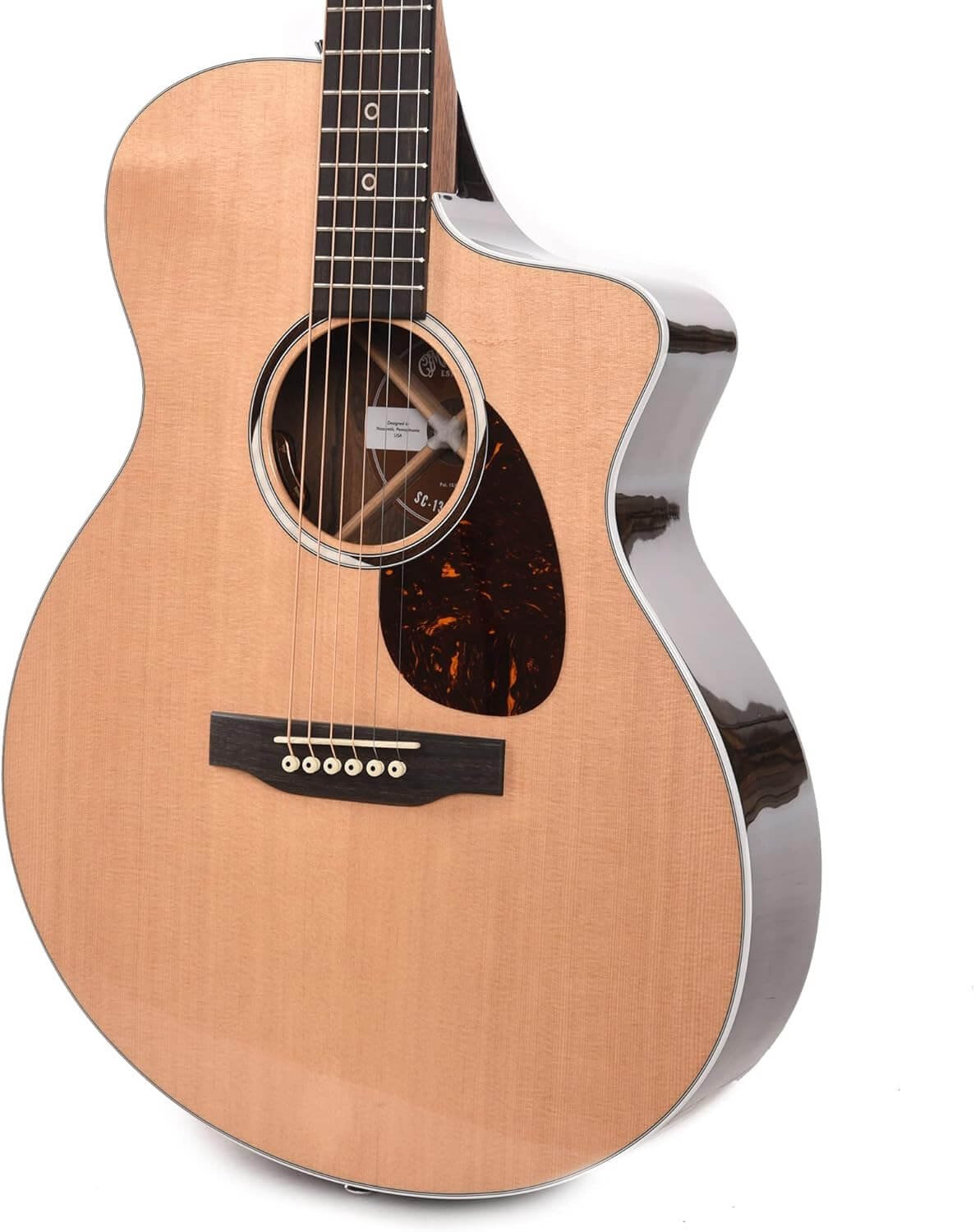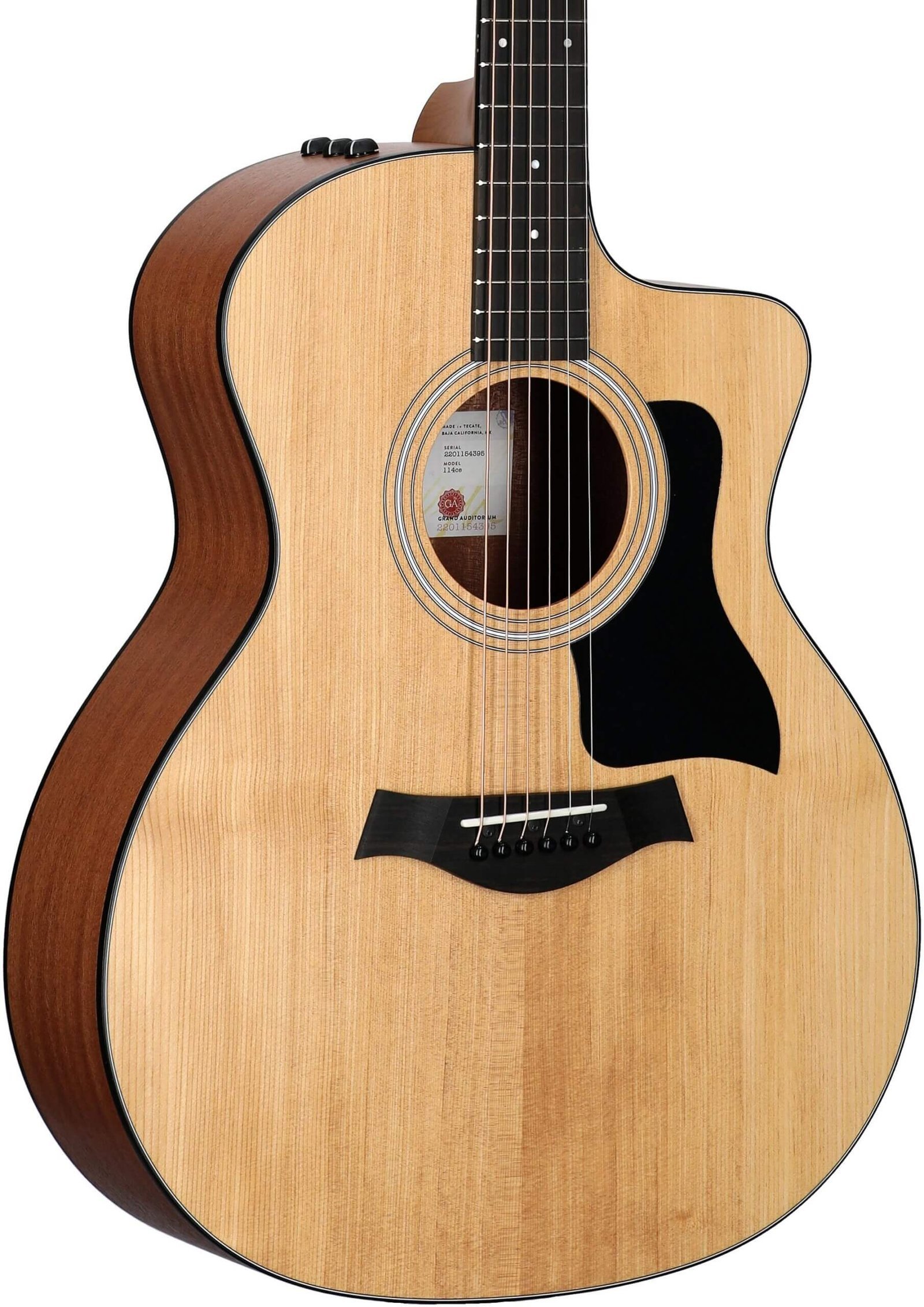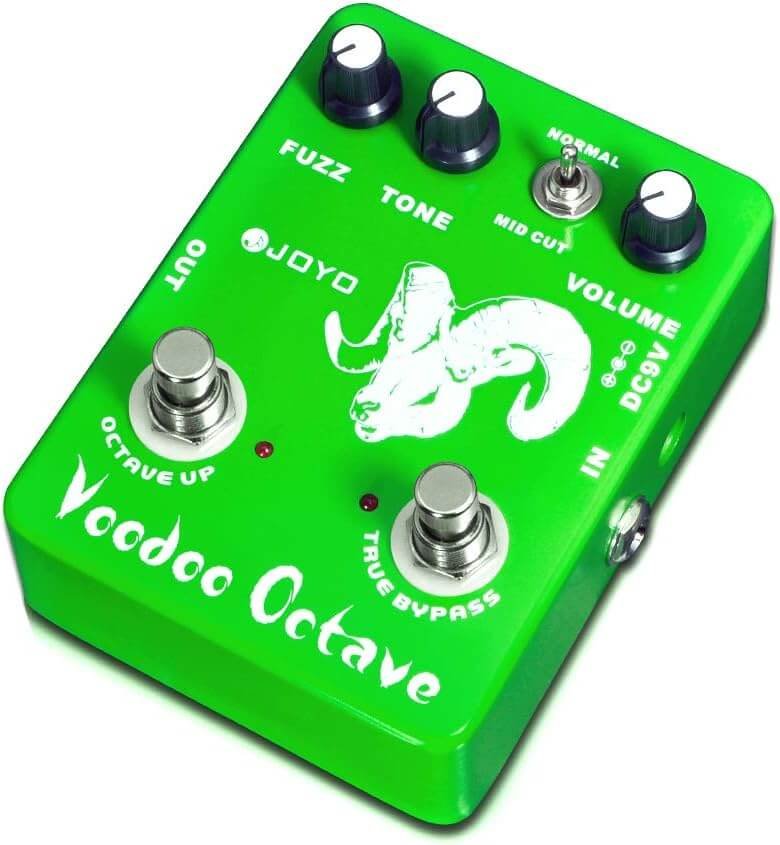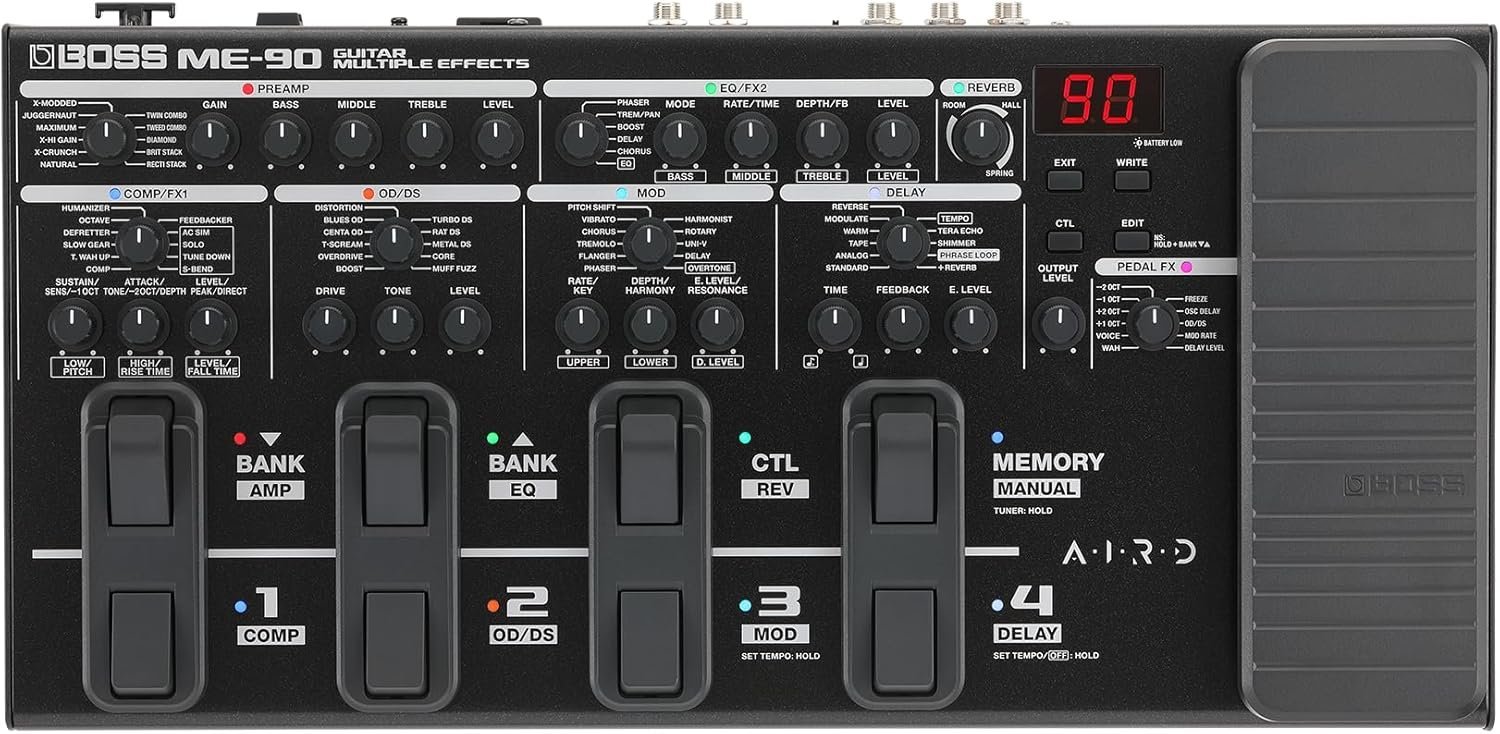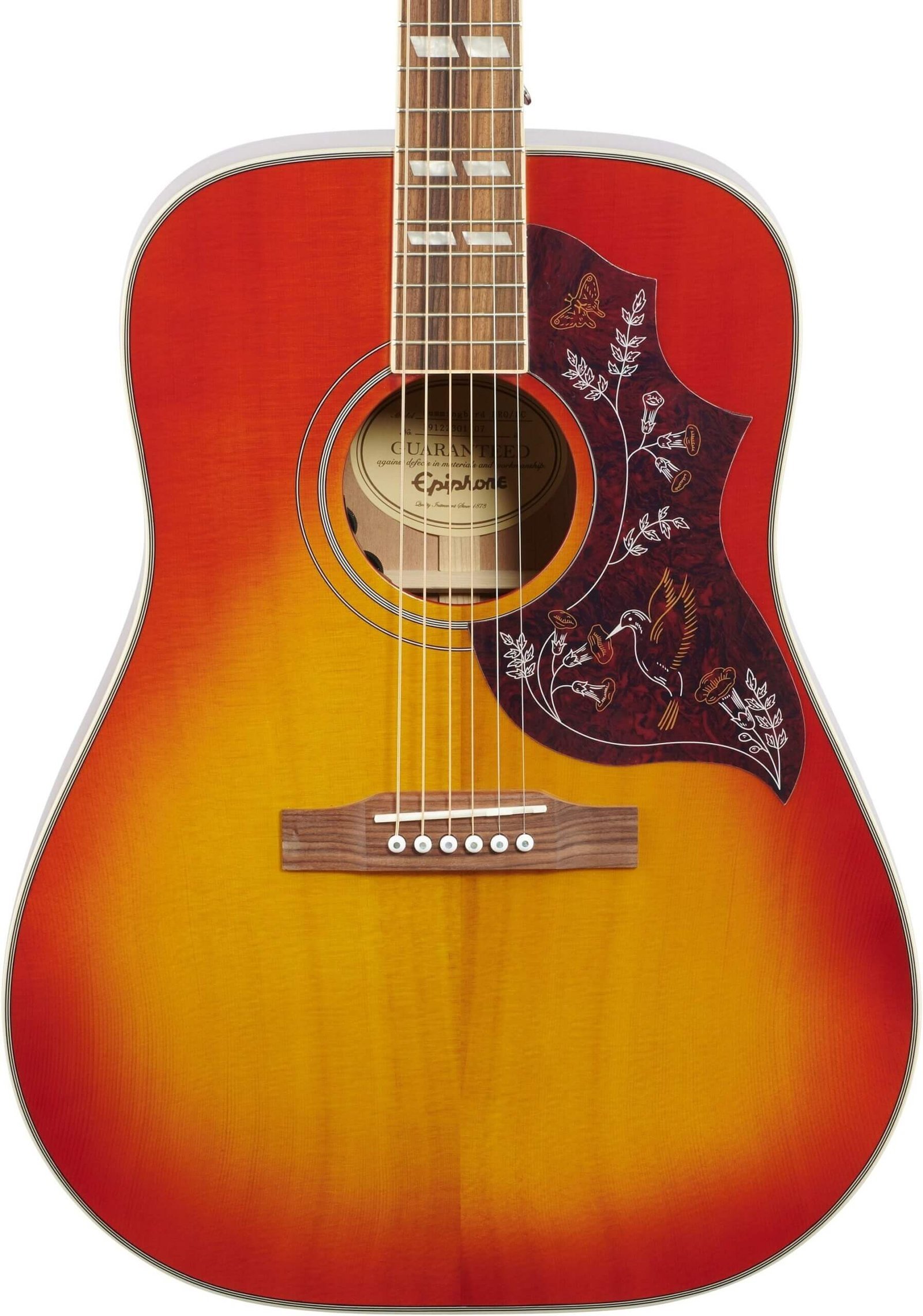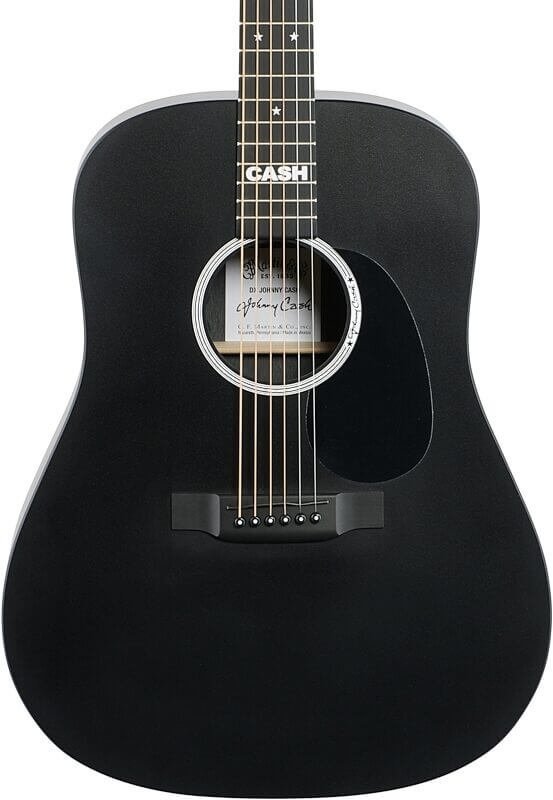Introduction to Reverb Pedals
Reverb is an essential component of music production that simulates the natural echo and reverberation of sound in an environment. It plays a crucial role in enhancing the auditory experience, adding depth and dimension to the overall sound. In the context of instruments, particularly electric guitars, reverb creates a sense of space, allowing notes to linger longer and giving the listener a more immersive sound experience. The use of a reverb pedal is a common way for guitarists to achieve this effect, effectively transforming their playing style and expanding their creative possibilities.
Reverb pedals, such as the highly regarded Donner Reverb Guitar Pedal, allow musicians to manipulate the acoustics of their sound. These devices work by emulating how sound interacts with different environments, from small rooms to vast halls. Various types of reverb effects include room, hall, plate, spring, and more, each providing a distinctive tonal quality and ambiance. A room reverb, for instance, mimics the acoustics of a small space, while hall reverb evokes the grandeur of a concert hall. By selecting the appropriate reverb effect, guitarists can craft a sound that resonates with their artistic vision.
The significance of reverb pedals is further underscored by their versatility. They can be used to create atmospheric textures in genres such as ambient, rock, and jazz, among others. By integrating the Donner Reverb Guitar Pedal into their rig, guitarists can explore new soundscapes and enrich their musical compositions. The ability to manipulate reverb settings provides an opportunity for players to express their individuality, making reverb pedals indispensable tools for both professional musicians and enthusiasts alike.
Features of the Donner Reverb Pedal
The Donner Reverb Guitar Pedal is designed to accommodate a diverse range of musical styles, making it a valuable addition to any guitarist’s rig. One of its standout characteristics is the seven distinct reverb modes it offers. Each mode delivers a unique sonic texture, allowing musicians to tailor their sound to fit different musical contexts.
First among these is the Room mode, which replicates the natural ambiance of a small room. This setting is perfect for intimate performances, providing a subtle enhancement that enriches the guitar tone without overpowering it. In contrast, the Hall mode simulates the expansive sound of larger concert venues, ideal for bigger stages or when a more resonant sound is desired.
The Church mode offers an ethereal quality, reflecting the acoustics found in grand cathedrals. Guitarists seeking to imbue their sound with a spiritual or dramatic atmosphere will find this setting particularly appealing. Meanwhile, the Spring mode emulates the classic sound of spring reverb, known for its bouncy, bright characteristics that are often associated with vintage amplifiers.
In addition to these traditional modes, the Donner Reverb Pedal includes the Plate mode, which introduces a lush, smooth reverb effect. This mode is versatile and can be applied across various music genres. The Studio mode is yet another feature that caters to modern recording techniques, offering a clean, professional reverb that enhances recorded tracks without distortion. Lastly, the Mod mode infuses a modulating aspect into the reverb, creating rich, swirling textures that add depth to solos and chords alike.
With these seven modes, the Donner Reverb Guitar Pedal caters to a wide spectrum of musical preferences, demonstrating its capability to adapt to various styles and settings effectively.
Understanding True Bypass Technology
True bypass technology plays a crucial role in the functionality of many guitar pedals, including the popular Donner Reverb guitar pedal. This technology allows the signal from the guitar to pass through the pedal without any alteration when the pedal is not in use. Essentially, when the pedal is disengaged, the signal path is completely routed around the circuit of the pedal, ensuring that the original tone and character of the instrument remain intact. For guitarists, this feature is of paramount importance, as any unwanted coloration or degradation of the sound can significantly impact their overall performance.
The operation of true bypass technology is relatively straightforward. In a pedal without true bypass, the circuitry remains active even when the effect is turned off, which can lead to signal loss and an undesirable change in tone. However, with true bypass systems, such as in the Donner Reverb pedal, musicians can engage or disengage the effect without compromising the integrity of their sound. This is particularly beneficial for players who rely on maintaining their guitar’s natural tone while exploring various effects.
In addition to preserving the original tone, true bypass technology often contributes to a more transparent sound quality. Musicians often report that pedals featuring this technology, like the Donner Reverb guitar pedal, provide a clearer and more dynamic response, which is essential for nuanced playing styles. This ensures that the subtleties of the guitarist’s technique are conveyed accurately, enhancing the overall musical expression. Ultimately, the incorporation of true bypass technology in devices such as the Donner Reverb pedal showcases its commitment to quality and functionality, allowing guitarists to achieve the desired sound with confidence.
Why Choose the Donner Reverb Pedal?
The Donner Reverb Guitar Pedal has garnered significant attention among musicians and guitarists alike, distinguishing itself in a competitive market with a plethora of reverb options. One of the core reasons to consider this pedal is its quality construction. Designed with durable materials, the Donner Reverb pedal is built to withstand the rigors of extensive use, making it a reliable choice for both studio recordings and live performances. Many users have praised its robust design, affirming that this longevity is a key aspect of its appeal.
Moreover, versatility is a hallmark of the Donner Reverb Guitar Pedal. It offers multiple reverb types, ranging from warm hall echoes to vibrant spring reverbs, which cater to diverse musical styles and preferences. Guitarists can seamlessly transition between different atmospheres, allowing for greater creative freedom and innovation during their playing. The pedal’s intuitive interface further enhances its versatility, as adjustments can be made swiftly during practice or performances without distracting from the music itself.
User-friendliness is another element that sets the Donner Reverb pedal apart from its competitors. The straightforward controls and clear indicators allow for easy manipulation, even for those who may be new to pedal effects. Customers have shared their appreciation for how accessible and easy it is to integrate this gear into their setup, thereby enhancing their overall playing experience. For beginners and seasoned musicians alike, this accessibility is a winning feature.
In terms of value for money, the Donner Reverb Guitar Pedal excels. Many testimonials highlight how the pedal provides professional-quality reverb effects without breaking the bank. Guitarists frequently report that the sound quality they achieve rivals that of more expensive models, reaffirming that investing in the Donner Reverb pedal is a sound decision for enhancing one’s tonal palette.
Setting Up Your Donner Reverb Pedal
Integrating the Donner Reverb Guitar Pedal into your guitar rig is a straightforward process that can elevate your sound with lush reverb effects. To begin, ensure that you have the necessary equipment: a guitar, an amplifier, an instrument cable, and a power supply for the pedal. Start by positioning the Donner Reverb Pedal on your pedalboard or a stable surface near your amplifier.
Begin the connection process by linking your guitar to the input jack of the Donner Reverb pedal using an instrument cable. Next, utilize another cable to connect the output jack of the pedal to the input of your amplifier. Make sure all connections are secure to prevent any loss in signal quality. If your pedal is powered by a 9V adapter, ensure it is plugged in or insert the required batteries to avoid interruptions during play.
Once connected, it’s time to power on both your amplifier and the pedal. You will see an LED light on the Donner Reverb Pedal, indicating that it is active. Now, explore the various settings to customize your sound. The pedal usually features controls for reverb type, time, and mix level. Start by selecting a common reverb type, such as hall or spring, and gradually adjust the settings while playing a few chords on your guitar.
Pay particular attention to the reverb time; longer settings will produce a more ambient sound, while shorter settings will offer a tighter effect. The mix control balances the wet (effected) and dry (unaffected) signals. It is advisable to keep the mix at 50% to start and modify from there based on your personal preference. As you experiment with different settings and combinations, the Donner Reverb Pedal will undoubtedly reveal various sonic possibilities suitable for any style of music.
Creative Uses of Reverb in Music
The application of reverb has evolved over the years, becoming an essential tool for musicians across various genres. In the realm of music, reverb serves as an artistic avenue that can significantly influence the mood and character of a composition. Using a donner reverb guitar pedal allows guitarists to explore a multitude of textures, enhancing both recordings and live performances.
In genres like rock and alternative music, reverb can add depth and space to lead vocals and guitar solos. For instance, utilizing a hall reverb mode on a donner reverb guitar pedal can simulate the experience of performing in a large venue, making the sound more expansive and immersive. This effect enriches the emotional delivery of songs, helping to connect listeners with the artist’s intent.
Similarly, in ambient and electronic music, reverb is a fundamental sound design element. Pedals, such as the donner reverb guitar pedal, can create ethereal textures that evoke feelings of nostalgia or tranquility. By experimenting with longer decay settings and unique reverb types, musicians can envelop their melodies and harmonies in lush, atmospheric soundscapes that transport the listener to another realm.
In jazz, reverb enhances the spontaneity and intimacy of live performances. A subtle room reverb can add warmth to a guitar’s tone while allowing the intricate interplay between instruments to remain palpable. By carefully adjusting the level of reverb, musicians can maintain clarity while simultaneously fostering a sense of cohesion among the ensemble.
In conclusion, the creative applications of reverb are vast and highly adaptable, assisting artists in realizing their sonic visions. By incorporating a donner reverb guitar pedal into their toolkit, musicians can greatly enhance their sound, opening new pathways for exploration and expression within their chosen genres.
Comparing the Donner Pedal to Others
The market for reverb guitar pedals has grown substantially, making it essential for guitarists to choose the right device that complements their sound. Among these offerings, the Donner Reverb Guitar Pedal stands out, particularly when compared to other popular pedals like the TC Electronic Hall of Fame and the Boss RV-6. In terms of features, the Donner pedal provides a diverse range of reverb options, from room to hall to echo, appealing to both novice and advanced users.
When examining sound quality, one notable aspect of the Donner Reverb is its capacity for rich, lush reverberations that enhance musicality without overshadowing the original tone of the guitar. This quality can sometimes be a concern with competitors like the Boss RV-6, which, while versatile, may exhibit a less natural sonic character at higher settings. The Donner pedal’s design tends to emphasize clarity and warmth, making it an appealing alternative for musicians seeking authentic sound reproduction.
Pricing remains a critical factor in selecting reverb pedals. The Donner Reverb Guitar Pedal is notably budget-friendly compared to higher-priced options such as the Strymon BigSky. This affordability does not compromise quality; many users report that the Donner can deliver professional-grade sound at a fraction of the investment. Furthermore, the pedal’s user interface is designed with simplicity in mind, facilitating easy adjustments on stage. This usability aspect is often a significant advantage over more complex pedals that can be overwhelming for inexperienced players.
Ultimately, when comparing the Donner Reverb with other reverb pedals available in the market, it is clear that it offers an impressive balance of performance, sound quality, and affordability. For those seeking a reliable and effective reverb solution for their guitar, the Donner pedal deserves serious consideration.
Maintenance and Care of Your Pedal
The longevity and optimal performance of the Donner Reverb guitar pedal depend significantly on regular maintenance and care. Musicians often overlook the importance of keeping their equipment in top shape, which can lead to diminished functionality over time. To prevent common issues with your pedaling equipment, it’s essential to implement a routine maintenance schedule.
Firstly, ensure that the pedal is kept clean and free from dust and moisture. Use a soft, dry cloth to wipe the exterior surfaces regularly. Pay close attention to the input and output jacks, as dirt can accumulate in these areas, affecting sound quality. For stubborn dirt build-up, a slightly damp cloth can be employed; however, it is crucial to avoid excessive moisture, which may harm the internal components of the Donner Reverb pedal.
Secondly, regularly check the power supply and connections. A faulty power adapter or loose cables can lead to unreliable performance and unwanted noise during play. Before any performance, make it a habit to inspect all cables and connections associated with the Donner Reverb pedal to ensure a distraction-free experience. Any signs of wear or damage should prompt immediate replacement of the concerned parts.
Furthermore, considering the electrical components of the pedal, temperature and humidity can significantly affect its performance. Store the pedal in a dry, temperature-controlled environment to help mitigate potential damage. After each use, ensure it is stored safely, away from direct sunlight or extreme temperatures, ideally within a protective case.
In conclusion, taking these simple yet effective measures for the maintenance and care of your Donner Reverb guitar pedal can help enhance its lifespan and performance. Regular checks and proper storage will ensure that you enjoy its reverb effects for many jam sessions to come.
Conclusion
In the realm of guitar effects, the Donner Reverb Guitar Pedal stands out as an exceptional tool for musicians seeking to enhance their sound. Throughout this article, we have explored the rich variety of reverb effects that this pedal offers, showcasing its ability to add depth and dimension to any musical performance. With options ranging from subtle echoes to expansive soundscapes, the Donner Reverb Guitar Pedal is suitable for genres including rock, jazz, and ambient music.
The build quality and intuitive interface of this pedal make it accessible for both novice and experienced guitarists. Additionally, its compact design ensures that it fits seamlessly into any pedalboard setup, allowing for easy integration with other effects. One of the most significant benefits of the Donner Reverb Guitar Pedal is the versatility it provides. Whether you prefer a classic spring reverb or a more ethereal hall reverb, this pedal delivers a wide spectrum of sound manipulations that invite creativity and experimentation.
Moreover, the affordability of the Donner Reverb Guitar Pedal does not compromise its performance quality. This pedal offers professional-grade effects at a price point that suits a variety of budgets, making it an appealing option for musicians looking to elevate their tone without breaking the bank. As highlighted throughout our discussion, investing in this reverb pedal can dramatically transform your playing experience, allowing for richer tonal textures and more expressive performances.
Given all these compelling features, we encourage you to consider the Donner Reverb Guitar Pedal as a worthy addition to your gear collection. Elevate your sound today by exploring what this pedal has to offer, and unlock the potential for creativity and musical exploration in your performances.

